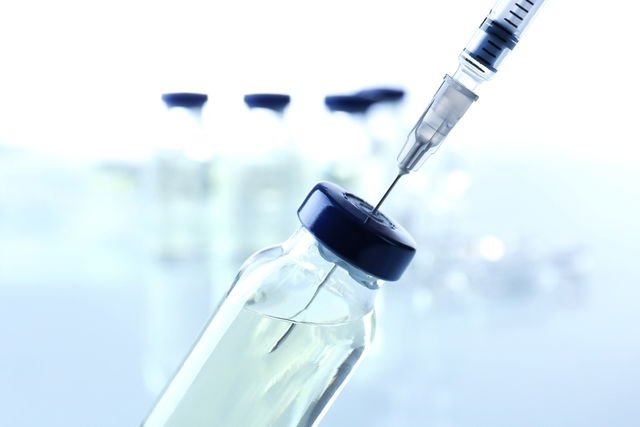Ceftriaxone is a broad-spectrum injectable antibiotic that is used to eliminate bacteria that cause harmful infections. It can be used to treat sexually transmitted infections, skin infections, pneumonia or even meningitis.
This medicine is only obtained with a prescription, and is typically applied as an IM (intramuscular) injection or through an IV (intravenous) infusion.
Ceftriaxone can cause side effects in some people, such as loose stools and skin rashes. Therefore, treatment should be adhered to as directed by the prescriber.

Common uses
Ceftriaxone is prescribed for the treatment of infections, including:
- Sepsis
- Meningitis
- Abdominal infections
- Bone or joint infections
- Pneumonia
- Infections of the skin, bones, joints and soft tissues
- Urinary tract infections
- Respiratory infections
- Gonorrhea, which is a sexually transmitted disease. Find out which ARTICLE NOT FOUND IN EN: most common symptoms.
Additionally, it can also be taken to prevent infections following surgery in people who are at higher risk for developing infections.
Recommended dosing
Ceftriaxone should be administered by a nurse in a hospital or clinical setting. It can be administered as an IM injection or an IV infusion. The recommended dose depends on the patient's age, weight, infection, and the severity of the infection.
Recommended doses are as follows:
- Adults and children over 12 years of age (or children who weigh more than 50 kg): The normally recommended dose is 1 to 2 g of ceftriaxone, once a day. In more severe cases, the dose may be increased by the doctor to 4 g once a day.
- Newborns under 14 days of age: The normally recommended dose is around 20 to 50 mg for each kg of body weight per day, as prescribed by the pediatrician.
- Children between 15 days and 12 years weighing less than 50 kg: the normally recommended dose is 20 to 80 mg for each kg of body weight per day, as prescribed by the pediatrician.
Ceftriaxone should always be administered by a healthcare professional. Treatment duration varies depending on the evolution of the disease.
Possible side effects
The most common side effects that may occur during ceftriaxone treatment are eosinophilia, leukopenia, thrombocytopenia, diarrhea, loose stools, increased liver enzymes, and a skin rash.
Contraindications for use
Ceftriaxone should not be used by anyone with an allergy to ceftriaxone, penicillin, any other cephalosporin-type antibiotic, nor by anyone allergic to any component present in the formula.
This medicine should also not be used by pregnant or breastfeeding women, unless approved by a doctor.
